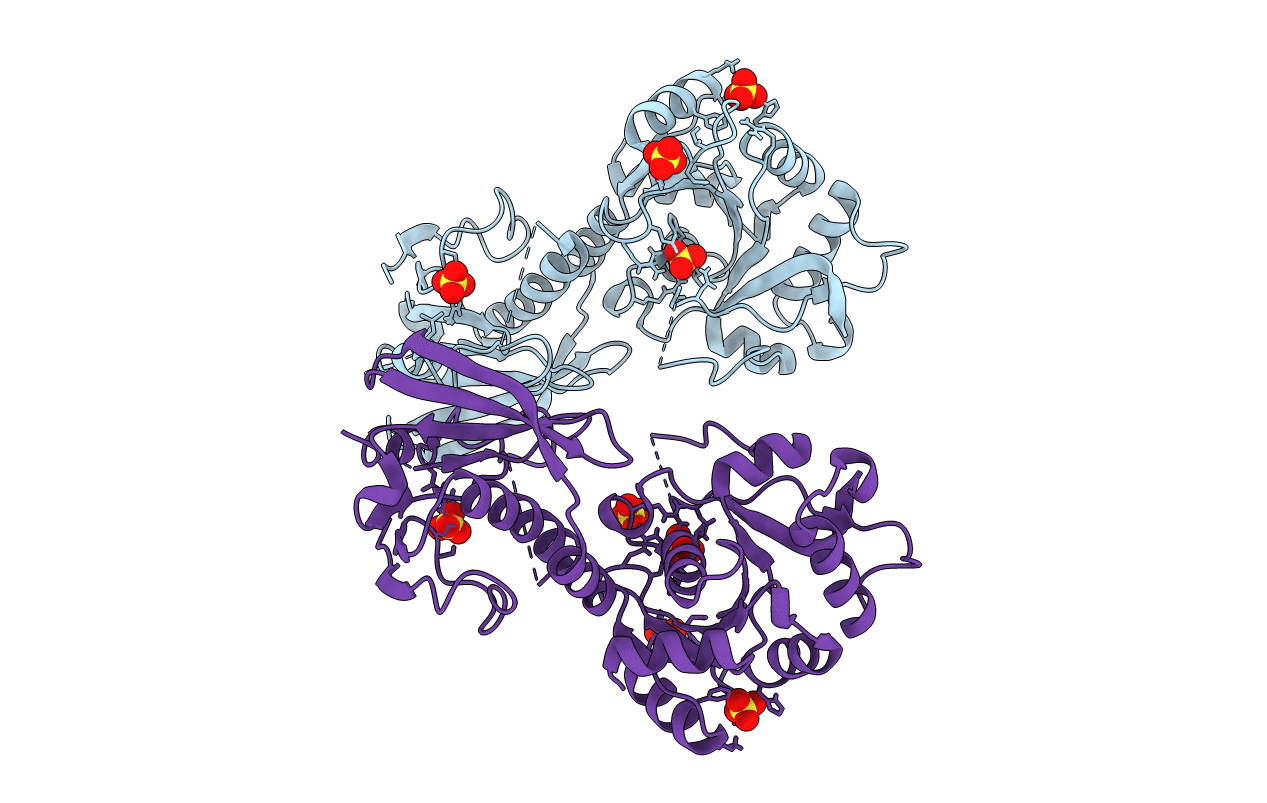
Deposition Date
2018-10-03
Release Date
2019-04-17
Last Version Date
2024-03-13
Entry Detail
PDB ID:
6MNZ
Keywords:
Title:
Crystal structure of RibBX, a two domain 3,4-dihydroxy-2-butanone 4-phosphate synthase from A. baumannii.
Biological Source:
Source Organism:
Acinetobacter baumannii (Taxon ID: 470)
Host Organism:
Method Details:
Experimental Method:
Resolution:
2.66 Å
R-Value Free:
0.30
R-Value Work:
0.27
R-Value Observed:
0.27
Space Group:
C 1 2 1


